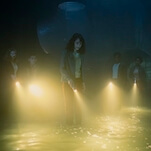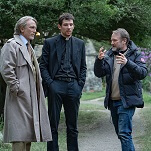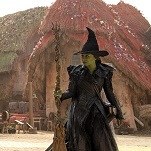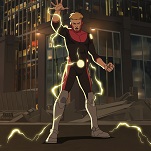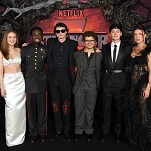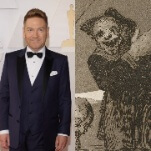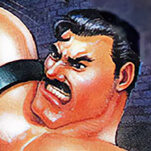The film actually opens with a conclave of ranking Spanish clergy discussing whether Goya's religiously graphic work is heretical and should be banned; soft-spoken priest Javier Bardem stands up for Goya's freedom, but simultaneously asks for leave to revive and expand the Inquisition, to bolster the Church's influence. One of the first victims of his policy is wide-eyed Natalie Portman, a frequent Goya model who comes under suspicion of being a "Judiazer" after she passes up some roast pig at the pub. Before long, she's being tortured and raped in an Inquisition prison, while Goya politely attempts to intercede on her behalf, and her family takes more desperate measures. But every time the story seems to find a focus—Portman, her family, Bardem, the Inquisition, Goya's life, the tide of history—it changes the subject, rendering the previous scenes irrelevant and disconnected. Eventually, it skips forward a baffling 15 years without resolving much, in order to find the next historically trenchant era.
Forman hasn't lost any of his talent for spectacle since Amadeus; the royal costumes and drawing rooms are gorgeous, the cinematography is beautiful, the acting is crisp, the editing is clean and direct. But in spite of all the vivid little details, the big picture never comes into focus. Goya's Ghosts isn't about Goya; for all that it lingers on him, he's a confused man with no insight or effectiveness, caught up in chaotic times. Various modern-metaphor interpretations come to mind: It could be yet another film about America's unbalanced power, and the ineffectiveness, cruelty, and injustice of torture and endless incarceration without trial. But the film lacks a center, and the obvious one—Goya's art—is dismissed as irrelevant in the first scene. If Forman is trying to communicate that art isn't an effective way to change American society, he's proved his point neatly with this muddled, wandering dud.











